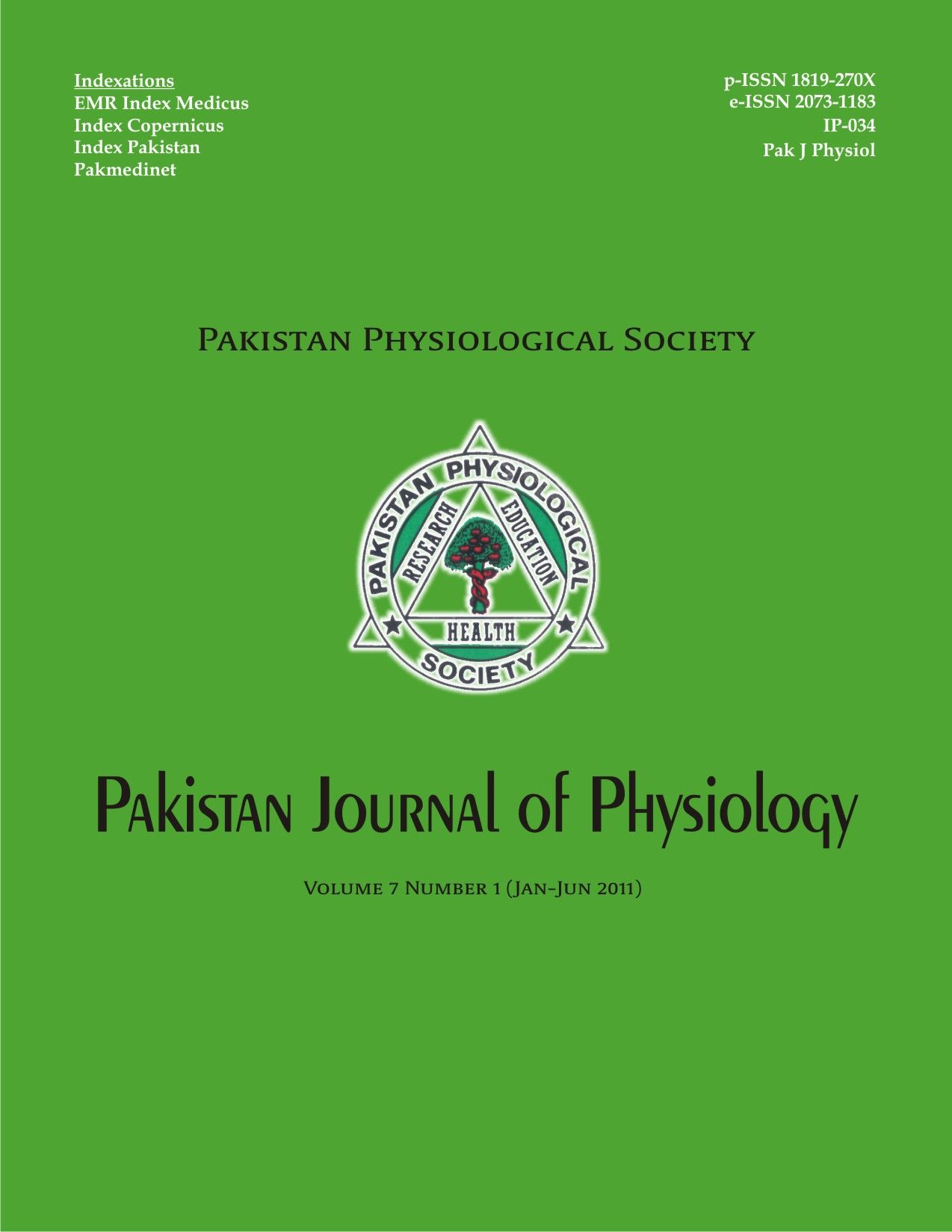ASSESSMENT OF PAROTID SALIVARY GLAND FUNCTION IN HEAD AND NECK CANCER PATIENTS RECEIVING RADIATION THERAPY USING QUANTITATIVE SALIVARY GLAND SCINTIGRAPHY
DOI:
https://doi.org/10.69656/pjp.v7i1.778Keywords:
Head and neck cancer, parotid glands, radiotherapy, salivary scintigraphy xerostomiaAbstract
Background: Radiation therapy for cancer of the head and neck region often causes salivary gland dysfunction and xerostomia. Several reports suggest that the submandibular and sublingual glands may be less radiosensitive than the parotid glands. The effect of radiotherapy on parotid gland function was studied by salivary scintigraphy in patients irradiated with different doses of radiation in the head and neck region. The purpose of this study was to evaluate differential dose of radiation effects on the parotid glands using quantitative salivary gland scintigraphy (QSGS). Methods: Thirty-five patients with head and neck tumours were enrolled in a prospective salivary function study using Scintigraphy. Twenty-seven of thirty-five patients received different doses of radiation and remaining 8 patients did not receive radiation and they were considered as control. Stimulated parotid flow rate was measured in all the patients from scintigraphy of parotid glands. Results: Patients who received radiation dose of ³50 Gy showed severe salivary dysfunction when compared to patients who received radiation dose <50 Gy. Overall, patients who received radiation showed significant dysfunction of parotid gland when compared to patients who did not receive radiotherapy. Conclusion: Dysfunction of the parotid salivary gland increases as the radiation dose increases. QSGS appears to be a useful toll in qualitatively and quantitatively evaluating the grade of dysfunction following radiotherapy.
Downloads
Downloads
Published
How to Cite
Issue
Section
License
The author(s) retain the copyrights and allow their publication in Pakistan Journal of Physiology, Pak J Physiol, PJP to be FREE for research and academic purposes. It can be downloaded and stored, printed, presented, projected, cited and quoted with full reference of, and acknowledgement to the author(s) and the PJP. The contents are published with an international CC-BY-ND-4.0 License.











